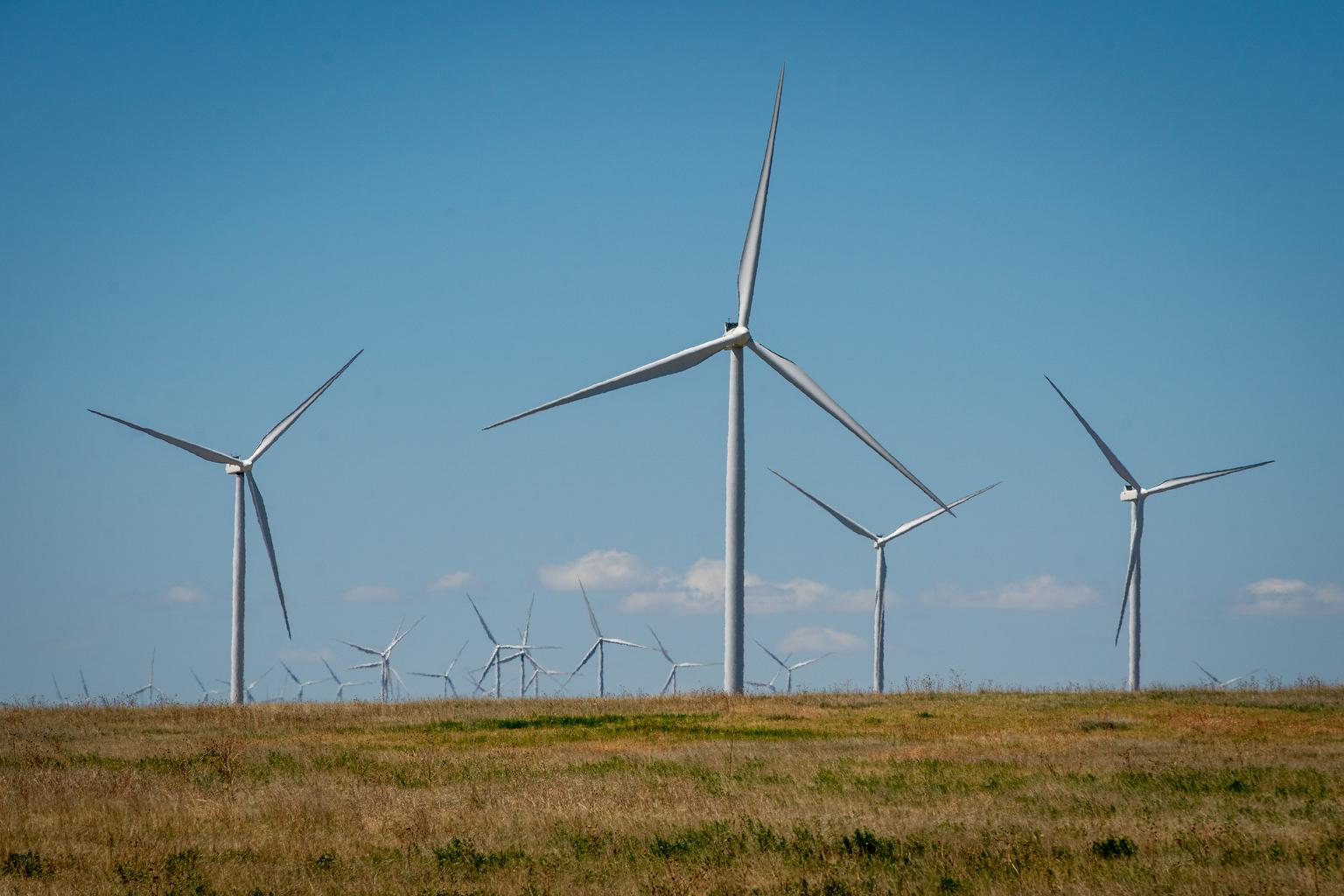
By Rae Solomon
Colorado’s ambitious goal to eliminate climate-warming pollution by 2050 is going to take a lot of work and, it turns out, a lot of workers. It’s all detailed in a new report the Colorado Energy Office released Tuesday.
The Colorado Climate Workforce Analysis & Plan is the first comprehensive accounting of the labor requirements associated with the state’s climate action plans. From scientists to software engineers, the report identifies around 200 occupations — across the utilities, agriculture, transportation and buildings sectors — that play a role in the state’s climate workforce.
“ Climate workforce is a very vague term,” said Megan Christensen, climate workforce development manager at the Colorado Energy Office. “Part of this was to give definition to what we can consider the Colorado Climate Workforce. What occupations will enable those actions to actually happen?”
The report zeroes in on 20 occupations deemed “climate critical,” meaning they’ll require major workforce investments or risk substantial worker shortages as the state’s climate action plans are put into practice over the next several years.
That list includes occupations like foresters, firefighters and urban planners. But it also tells a broader story: Colorado needs a climate workforce that can work with their hands. Roughly three-quarters of the jobs identified as “climate critical” are in the skilled trades, with electricians, construction workers and wind turbine technicians topping the list of expected climate worker shortfalls by 2030.
Climate action plans alone will create demand for an additional 2,950 electricians, 1,560 construction workers and 520 wind turbine techs by the year 2035. That’s on top of significant projected growth in these fields without accounting for climate action.
“ These are the occupations with the highest gap between their projected growth rate and where we need to be to meet our climate goals,” Christensen said. “Without further investment … we will not see the progress that we want to see.”
Digging into the specifics of the plans, it’s clear why skilled tradespeople are a linchpin for that progress. From increasing renewable energy and putting more electric vehicles on the road, to electrifying buildings and making them more energy efficient, the physical work of climate action can’t be done without them. After all, someone needs to install and maintain all those new heat pumps, solar panels and EV charging stations.
“Most of these actions require people who are very skilled, not just in their trade, but in the climate aspects of their trade,” Christensen said.
The rural climate workforce
The “climate critical” worker problem is compounded in rural parts of the state, where demand for skilled tradespeople remains high, and the workforce thin.
The dynamic predates climate action according to Jim Jones, skilled trades department director at Colorado Mountain College, a post-secondary education network serving Colorado’s high country.
“The deficit is there,” Jones said. “You're seeing the older (tradepeople) starting to age out. Whether it's HVAC, automotive, carpentry, masonry — all these employers still need a tremendous amount of workforce to come into our region.”
The climate workforce report describes an urban/rural divide driven largely by uneven distribution in the workforce pipeline. While training is widely available on the Front Range, for instance, Christensen said, the report authors heard from rural stakeholders that it is hard to recruit qualified instructors to teach aspiring tradespeople on the rural Eastern Plains and Western Slope.
Climate workforce solutions
To address the coming shortage, the state recommends solutions like increasing partnerships between education and industry, expanding apprenticeships, and addressing common access barriers to training programs, like transportation issues, financial constraints and childcare.
The report suggests institutions can cultivate the climate workforce by “meet(ing) people where they are in life.”
Christensen also emphasized another strategy that’s more of a long game: getting kids interested in climate-related careers like the skilled trades through early exposure in the K-12 system. She described it as “changing the narrative around the trades,” and rebranding them as well-paying and fulfilling career options.
In that respect, Colorado Mountain College appears to be ahead of the game. Jones said his skilled trades department there has grown 700% since 2022, with a strong contingent of high school students through the school’s concurrent enrollment program. Classes in his department are perpetually filled, he said, with wait lists to get in.
“Trades education is coming back,” he said.
With the recent passage of a mountain region ballot measure directing more tax dollars to Colorado Mountain College, Jones said the school is planning to continue with a major expansion of the skilled trades program.
“ We're being very creative on how we develop a pathway for a student to come through high school, finish out a college degree, step into an apprenticeship, or go right to work,” he said.
The strategy could be a useful model for addressing the climate worker deficit statewide, though it’s not yet clear what will become of the recommendations in the report, which have neither the strength of legislative mandate, nor a dedicated pool of funds to back them.
“ A lot of these will be dependent on future investment, future legislation,” Christensen said. “At this point, it's a coordination effort to see — what are we already doing? How can we level that up given the capacity and funding we have right now?”








